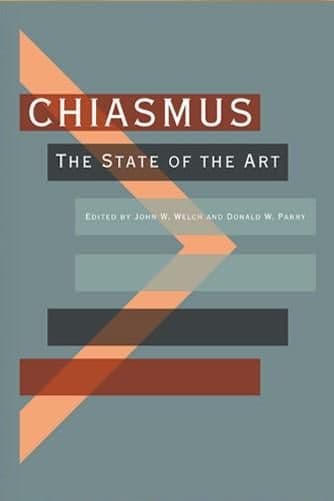Book
17 Chapters

Abstract
Noel B. Reynolds, “Chiastic Structuring of Large Texts: Second Nephi as a Case Study,” reviews the work of scholars regarding rhetorical criticism in biblical studies, especially with regard to rhetorical structures that give prominence to parallelism and repetition. Many structures consist of large chiasms that contain subordinate units (smaller, inner chiasms or extended parallelisms of some form), and these subordinate units, in turn, “may contain their own subordinate units.” According to some scholars, these formations may be composed of eight levels, especially when one considers corresponding philological or grammatical elements. After reviewing biblical rhetorical criticism, Reynolds examines, as a case study, the book of 2 Nephi in the Book of Mormon. He demonstrates that this book features one macro-chiasm with thirteen subunits labeled, A-B-C-D-E-F-G-F′-E′-D′-C′-B′-A′. Each of the subunits, in turn, consists of smaller subordinate units, some of them demarcated with repetitive units, such as inclusio. Reynolds then focuses on the pivotal G element, constituting 2 Nephi 11:2–8, which is Nephi’s witness of Jesus Christ.
Book
17 Chapters
Items in the BMC Archive are made publicly available for non-commercial, private use. Inclusion within the BMC Archive does not imply endorsement. Items do not represent the official views of The Church of Jesus Christ of Latter-day Saints or of Book of Mormon Central.